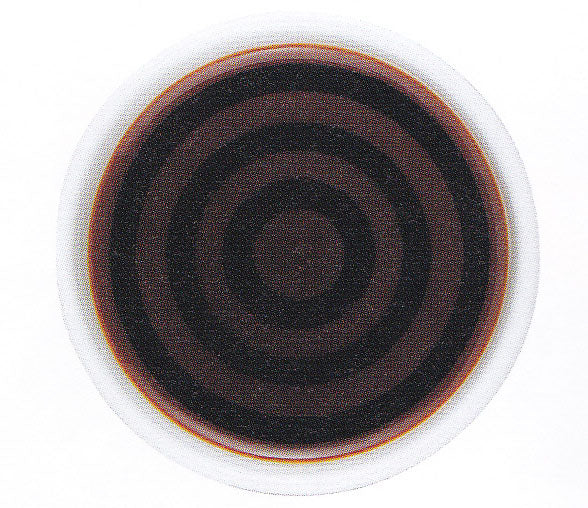
For many Japanese people, tamari soy sauce gives the impression that it is from a limited region rather than a major soy sauce. Or the impression that solely it is sometimes used for fish in sushi restaurants.
In fact, tamari was originally only made in Aichi Prefecture.

It is also a rare soy sauce that accounts for only 2% of the total amount of soy sauce distributed in Japan.
In contrast to the level of recognition in Japan, overseas, “Tamari (in Japanese)” is surprisingly well-known as a gluten-free soy sauce.
Regular soy sauce is usually made from a 1:1 ratio of soybeans and wheat, whereas tamari soy sauce is made from soybeans. Even if it contains wheat, it is only trace amounts which allows it to be gluten free.
Since the gluten-free boom was introduced in Japan from overseas, Tamari soy sauce has been gaining attention, especially among people who are health conscious.
Unfortunately, the number of breweries that produce tamari soy sauce that use the traditional method has been decreasing.
With the traditional method, tamari soy sauce is made with amazing love and effort.
We would like to show you how to make it using the traditional method.
1. Mash the steamed soybeans and shape them into balls. (Miso- balls).
By steaming soybeans and making them into balls eliminates the air inside, the pH is lowered, and lactic acid bacteria that grows with or without air are activated. At the same time the growth of Bacillus subtilis, which cannot grow without air and in low pH substances, is minimized.
Add Koji to the Miso ball, and put it in a container (Muro) and wait for 3 to 4 days while keeping the temperature at 32 ~ 33 ° C to make Mame Koji.


2. Put the Mame koji from Step 1 into a wooden barrel or Kioke, cover with a cloth, and lay a weight (stone) on top.
Pour salt water (prepared water) into the wooden barrel or Kioke. One feature of tamari making is that it uses a very small quantity of water (about half to the same amount of soybean koji).
A weight may be added after adding salt water.

3. When the preparation is finished in step 2, start now you can start the process called, “Kumi-kake working” (pumping work).
“Kumi-kake working” is as follows;
Tamari soy sauce contains very little salt water, so there miso (solid rather than liquid) inside the barrel.
For this purpose, put a dipper into a cylindrical pipe pierced into the pail, and scoop up the liquid that has accumulated at the bottom and perform “"Kumi-kake working” (”pumping '') to pour the liquid over the stone and the inside counterflows .

Kumi-kake working must be performed many times, every day in summer and once a week in winter.
4. Brewing/fermenting: Leave for 3 years.
5. After fermentation and brewing is complete, open the “Nomikuchi” which is a kind of faucet at the bottom of the barrel to pour out the soy sauce from the barrel.
Put the moromi(remaining Mame Koji) in a cloth bag, apply pressure gradually with a manual squeezer to squeeze. It takes 2-3 days to finish squeezing.






